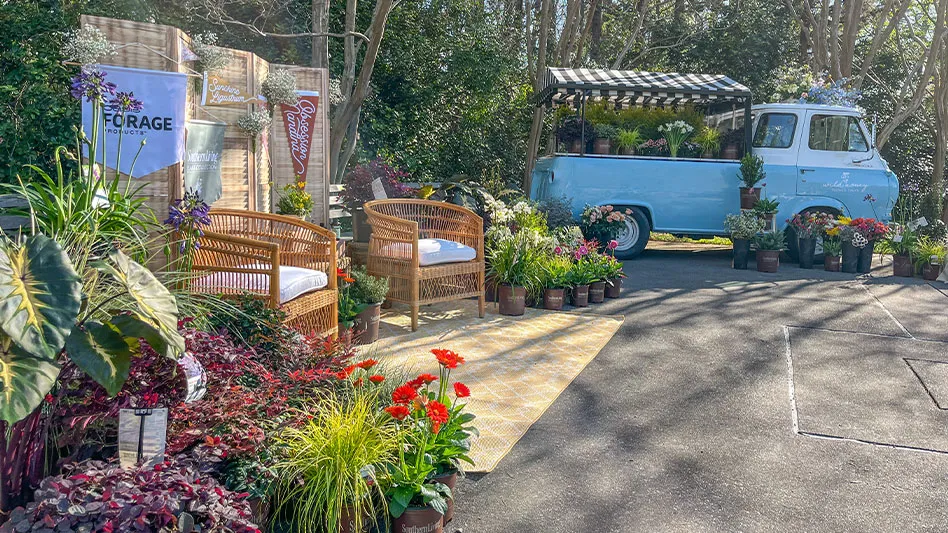

A budget is a financial plan for how a business intends to receive money in the form of revenues or spending in the form of expenses. Not having a plan, as we all know, is planning to fail. It can be for different time frames, but usually when budgeting we are looking at a 12-month period. Whether those 12 months are a calendar year, fiscal year or rolling year depends on how you want to look at it.
At the end of the day, a budget needs to be a road map that forces an action when you get off track. Reviewing budgets should be done by the entire management team looking at the period end goal you are trying to achieve. If they are just to look at, you are wasting your time. They should cause action and constrain as needed.
What types of budgets exist? There are two or three different types out there. The most common one is called a static budget. This is comprised of two columns of numbers to compare: actual and budgeted. During the review process with management, discussion centers around how, for that period, the actual did not meet or exceeded budgeted expectations. Many great discussions and changes begin with these talks, but it is upon the personnel to generate and act upon what they can ascertain happened.
The next type of budget is dynamic. A dynamic budget will overwrite the budgeted numbers with actual ones. As this is done, the end goal will change for the better or worse. In this case, during the review process, the dynamic budget causes management to make changes to the budget to maintain goal numbers. The budget, not the personnel, is the cause of the action, making this type of budgeting ideal. It forces action if numbers fall short. You KNOW you will not make the numbers unless you change the plan.
The last type is a mixture of the two above, where you would have the two columns, the static budget and the overwritten dynamic budget. However, this is rarely useful since the relationship between the two is lost after the first period is overwritten.
Budgeting basics
What is in a budget? How much detail should be included? Well, short-term budgets use more detail than long-range budgets. Using your profit & loss statement, you can budget out in detail, line item by line item, for the next year.
After that, back out further and just use a simple income statement for up to five years out. For a more detailed next-year budget, begin with your P&L statement. Many current accounting systems have budgeting internally built in, but I find these restrictive. And they can often have problems when dealing with fixed versus variable expenses. Exporting your P&L statement to Excel allows you to fine-tune your numbers to match your expectations.
Next, focus on revenue goals. Without accurate revenue goals, expense budgets are useless. There are a couple of different ways to go about a revenue goal. The most common method is applying a percentage increase to last year’s revenues. This percentage has multiple factors but is mainly massaged based on an owner’s intuition on the business direction. Adding to the owner’s intuition, you can trend out the last three to five years of revenues to gain more data on which to base the percentage. With the pandemic years, this can be difficult. Going back before those years to determine a trend of the business gives more insight into what that final percentage of increase or decrease would be.

With even more in-depth research, IGCs can attain a better, more accurate budgeting picture by tracking categories monthly with details of what went right and what went wrong. In this tracking (referred to as a monthly department review within The Garden Center Group) are current revenues for that month and projected revenues for the same month next year. This builds your revenue budget for the following year month by month. Using that number, bumped up or down based on trends in each category and any other outside influences such as economy, area dynamics, or weather factors, will give you a good, solid number to base your revenue budget on and, thus, your expense budgets.
The next step is budgeting your expenses. The three areas of expenditure are cost of goods sold, operating, and wage and wage benefits. Each has its own area of budgeting. Cost of goods sold (COGS) is defined by beginning inventory plus purchases minus ending inventory. Since beginning and ending inventory cannot be accurately projected, purchases become the area that can be budgeted.
Operating expenses need to be separated out between fixed and variable. Basing the variable expenses as a percentage of revenues gives a basis for budgeting. And finally, wage and wage benefits are budgeted by making your payroll schedules out for the year using current pay rates and the payroll burden. From those, you can calculate total wages and wage benefits to be paid out for the year. Apply that to your budgeted revenue, and you have the budgeted labor to revenue percentage.
The process is extensive but it gives you a good road map to success for the next year of business. Then, for the few years after that, take a step further out, as mentioned above. Look at your simple income statement (SIS). Use revenues, percentage to revenues for the three expense categories, then your budgeted profit … ALWAYS budget profit! Once you have year one of budget for SIS, just map out how each expense category percentage will change over the next five years to reach your ultimate goals.
Remember, budgets are road maps that show us how we get from here to there! They reassure lenders and give owners peace of mind!
Tim Quebedeaux is the chief statistician at The Garden Center Group and the founder of Retail KPI Consulting.
Explore the December 2022 Issue
Check out more from this issue and find you next story to read.
Latest from Garden Center
- Weekend Reading 5/17/24
- GardenComm 2024 Annual Conference registration is open
- Landmark Plastic celebrates 40 years
- Proven Winners introduces more than 100 new varieties for 2025
- Weekend Reading 5/10/24
- The Family Business, Part 2: Agreeing (and disagreeing) on capital investments
- Registration opens for Darwin Perennials Day
- Weekend Reading 5/3/24





